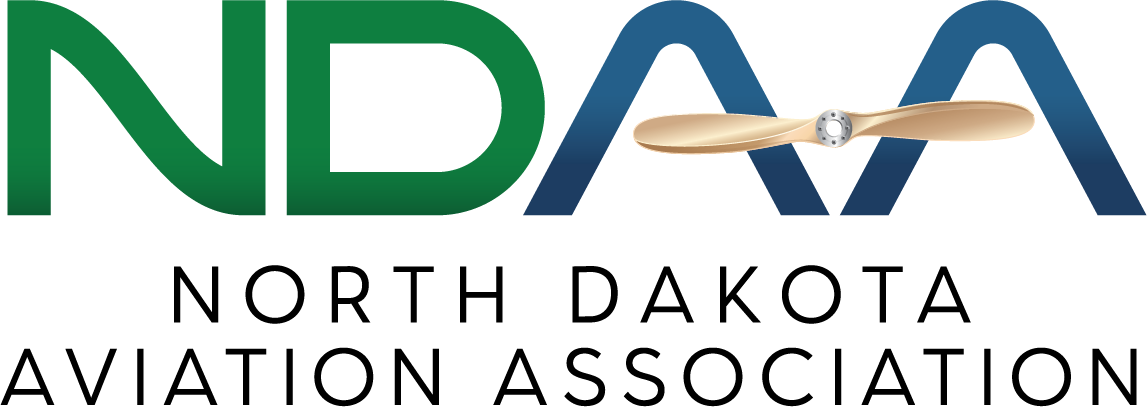By Kyle Wanner, Executive Director
The North Dakota Aeronautics Commission (NDAC) recently finalized approximately $9.7 million in infrastructure grant allocations to 141 individual projects at 55 different public-use airports throughout the state.
Seven million of the allocation is being made as a part of a $20 million-dollar transfer that the state legislature approved in the last legislative session from the Strategic Investment and Improvement Fund (SIIF) to provide assistance with the large-scale projects that are ongoing at both the Watford City Airport and the Dickinson Theodore Roosevelt Regional Airport.
Another $2.7 million of the allocation was made from the Aeronautics Commission Special Fund where the primary revenue source for these grants is derived from state tax collections on aviation fuel and aircraft sales. These state grants are critical in maintaining the needed infrastructure to support the aviation industry, which is a major contributor to the state’s economy and standard of living.
These state airport grant allocations will help to leverage and supplement the federal funding being received for high priority airport projects within North Dakota, while at the same time ensuring that our statewide aviation system is being maintained. These grants will also help to create jobs within our communities and will greatly assist our airports in preparing them to be in a better position to help our economy rebound from the impacts caused by the COVID-19 virus.
Continue reading for a listing of each of the public airports that received a state grant, along with a description of at least one of their funded projects. A full listing of the airport grants and dollar amounts can also be found in the news section on the NDAC website.
Congratulations to all of the communities on their grant awards!
Commercial Airport Grant Awards:
BismarckPavement Marking Rehabilitation
Devils LakePurchase Snow Removal Equipment
DickinsonRunway 14/32 NAVAID Equipment
FargoPavement Marking Rehabilitation
Grand ForksPavement Maintenance
JamestownWindsock Rehabilitation
MinotPavement Maintenance
WillistonDrainage Improvements
General Aviation Grant Awards:
AshleyPurchase Mowing Equipment
BeachPavement Maintenance
BeulahPavement Maintenance
BowmanPurchase Snow Removal Equipment
CandoGeneral Aviation Terminal Repairs
CarringtonConstruct Public Hangar
CasseltonAirfield Lighting Repair
CavalierPavement Maintenance
CrosbyRunway Safety Area Grading
EllendalePavement Maintenance
EnderlinPavement Maintenance
GarrisonPavement Maintenance
GraftonPurchase Mowing Equipment
GwinnerPurchase Snow Removal Equipment
HazenPavement Maintenance
HettingerPurchase Snow Removal Equipment
KenmarePavement Maintenance
KilldeerPavement Maintenance
KindredWatermain & Fire Hydrant Installation
KulmPurchase Land Roller
LaMourePavement Maintenance
LangdonPavement Maintenance
LarimorePavement Maintenance
LintonPurchase Mowing Equipment
LisbonPavement Maintenance
MandanReconstruct Taxiways
MayvillePavement Maintenance
MilnorPrimary Runway Extension
MottUpdate Airport Layout Plan
New RockfordPavement Maintenance
New TownPavement Maintenance
NorthwoodPavement Maintenance
OakesPavement Maintenance
Park RiverObstruction Removal
ParshallPavement Maintenance
PembinaGeneral Aviation Terminal Repairs
RollaPavement Maintenance
RugbyPavement Maintenance
St. ThomasRunway Safety Area Repairs
Turtle LakeObstruction Removal
Valley CityReplace Jet A & 100LL Fuel Systems
WahpetonReplace AWOS
WashburnConstruct Security Fence
Watford CityPrimary Runway and Taxiway Relocation
WesthopeRPZ Land Acquisition
WishekPavement Maintenance


